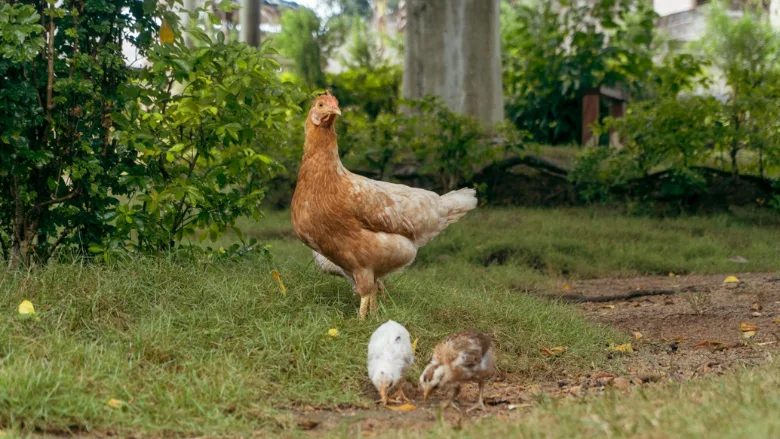Study: 'High and Very Significant' Campylobacter Prevalence in Nigeria Requires 'One Health' Approach

Image credit: Seyiram Kweku via Pexels
A recent study showed the high prevalence of Campylobacter in Nigeria with poultry as the primary reservoir, highlighting the importance of implementing a One Health approach to controlling the foodborne pathogen and the need for targeted interventions. The “One Health” concept emphasizes the importance of considering the interconnectedness of human, animal, and environmental health when addressing zoonotic, foodborne pathogens like Campylobacter.
Published in One Health, the study involved a review and meta-analysis of 40 studies describing the prevalence, geospatial, and temporal distributions of Campylobacter infections in Nigeria from 2002–2023. The study’s authors are associated with the University of Nigeria, the University of Oxford, and the University of South Africa.
The data showed that the overall presence of Campylobacter infections in Nigeria in cattle, humans, and poultry for the reporting period was 33 percent, which the researchers describe as “high and very significant from public health, food safety, and One Health perspectives.” C. coli and C. jejuni—which, according to the authors, are the two most pathogenic Campylobacter species responsible for more than 95 percent of campylobacteriosis cases worldwide—were the most predominant species represented in the data, causing the researchers to again raise a concern for food safety and public health.
The host-specific prevalence was 43.9 percent, 23 percent, and 18.9 percent for poultry, humans, and cattle, respectively. Given that the main reservoirs for Campylobacter are food-producing animals, and that beef and chicken are the most consumed meat types in Nigeria, the authors underline the substantial risk this creates for human campylobacteriosis, and call for stringent farm and slaughterhouse hygiene measures.
Although there was no consistent pattern on the temporal distribution of Campylobacter infections in cattle, humans, and poultry between 2002 and 2023, Campylobacter infection in poultry was highest for the majority of the reporting period. The infections peaked in all the host species between 2016 and 2020, which the researchers hypothesize could have been caused by the effects of climate change, such as rising temperatures and flooding—conditions that help proliferate and transmit foodborne and waterborne pathogens.
Finally, the researchers highlighted the need for targeted interventions, based on significant variations across sample types and geographical zones, particularly in the Northwest region of Nigeria. Regional variation could be attributed to differences in climate, animal husbandry practices, and food preparation habits.
Looking for quick answers on food safety topics?
Try Ask FSM, our new smart AI search tool.
Ask FSM →









